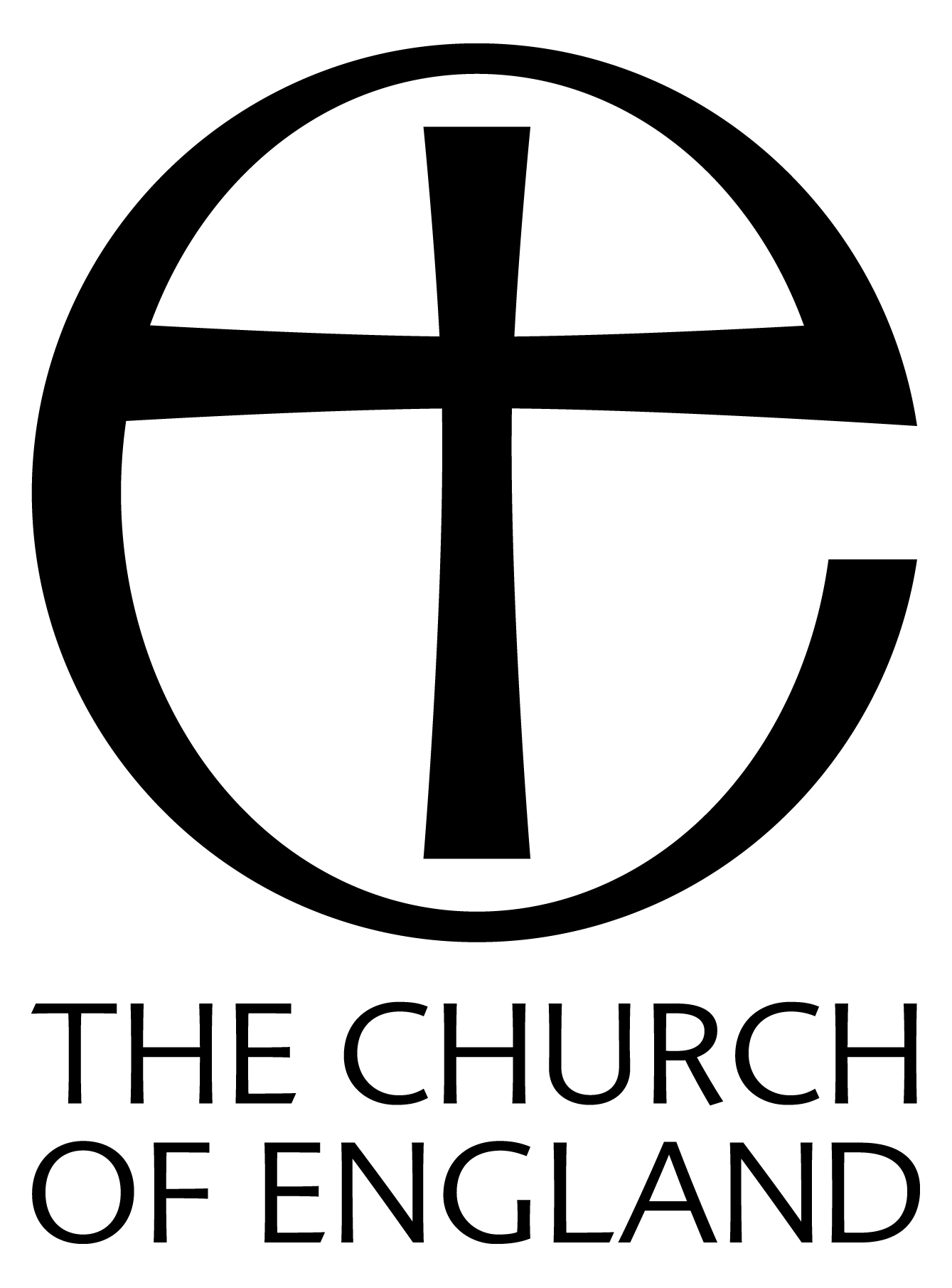Reproduced from
DRYPOOL -
Being a History of the Ancient
Parish of Drypool cum Southcoates
by M. Edward Ingram (1959)
by M. Edward Ingram (1959)
| < < < | > > > |
|
We now come to a distinct break with the past. On the opening of the new church, the title of parish church, the endowments, registers, rights and emoluments were transferred and after nigh on 900 years St. Peter's was bereft of its ancient status. The Ecclesiastical Commissioners, the Archbishop and the incumbent were all party to the transfer, so it must not be supposed that it was effected without the knowledge of the parishioners; but it is a pity that all concerned did not have a stronger sense of history. Actually St. Andrew's lay in Southcoates, and it would have been better if that had been its title. A precedent for the transfer had been set nine years before when Street's new church of All Saints took the place of the ancient parish church of St. Mary, at Sculcoates. The deed effecting the transfer is dated 12th December, 1878, and by it St. Peter's became a chapel of ease. A parish was assigned to it in November, 1879, when the curate, John Hetherington, was appointed its first vicar, Davis in the meantime having relinquished the patronage to the Simeon Trustees, who had been given the patronage of Drypool by William Wilberforce. Here a small tribute must be paid to the Church Pastoral Aid Society, which made its first grant to the parish in 1852, and has continued to give assistance ever since. |
A further stimulus to population growth came with the opening of the Alexandra Dock. No doubt the flag flew from St. Peter's tower on that snowy January day in 1881 when Colonel Gerard Smith turned the first sod of the dock in the presence of a vast concourse and to the accompaniment of a choir of 2,000 voices and a dozen bands. It would fly again four years later when the Orlando proudly sailed into the lockpit of the new dock. The church had anticipated the influx of people, and in 1877 permission had been granted to hold services in the sacristy of the Burial Ground. For a short time after 1885, this had been designated St. Nathaniel's Church, but at the request of the Archbishop, the name was changed to St. Bartholomew. A small sketch of this tiny building appears in "The Church in the King's Town," 1925. Thomas Davis left Drypool in 1886, and was succeeded by John James Beddow, one of whose first tasks was to provide a more roomy mission church for the eastern part of the parish. Messrs. W. Harbrow, of South Bermondsey, "Iron church and chapel builders," were employed to erect what has been popularly called a " Tin Tabernacle" for 300 people on the frontage to the Burial Ground. The church was opened by the Bishop of Beverley on 8th December, 1891, and regular services commenced, with Holy Communion after Evensong on the second Sunday in each month. A Communion Service was given by Mr. and Mrs. Castle, and this is now at St. John's. The church was placed under the care of the Reverend S. H. Greenway. In 1893, the vicarage at the corner of Franklin Street was sold to the Hull Savings Bank and the present vicarage, at the corner of Lee Street, built for the sum of £1,725. |

|
|

|
|